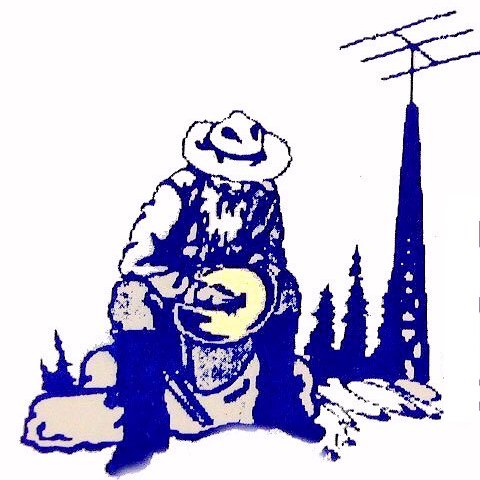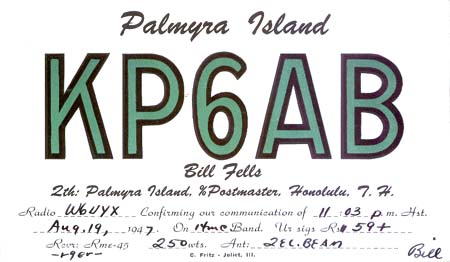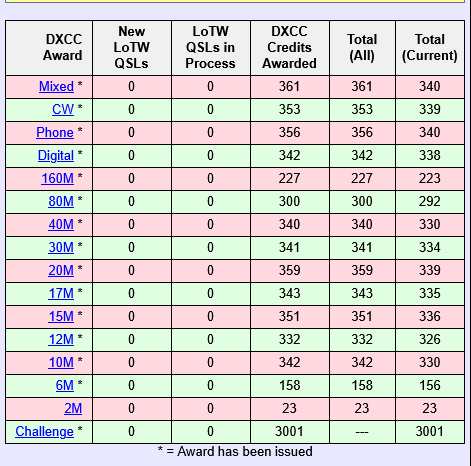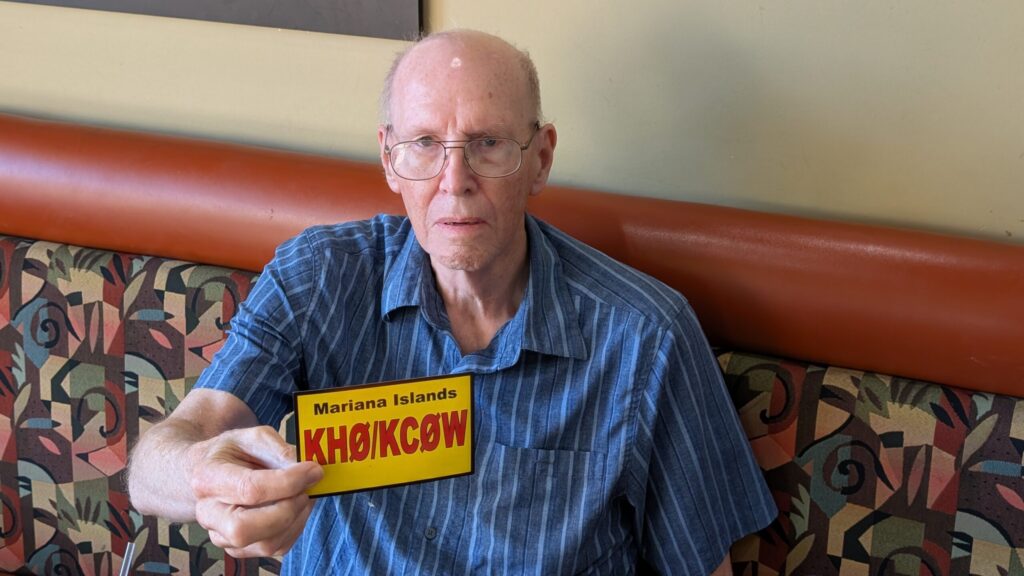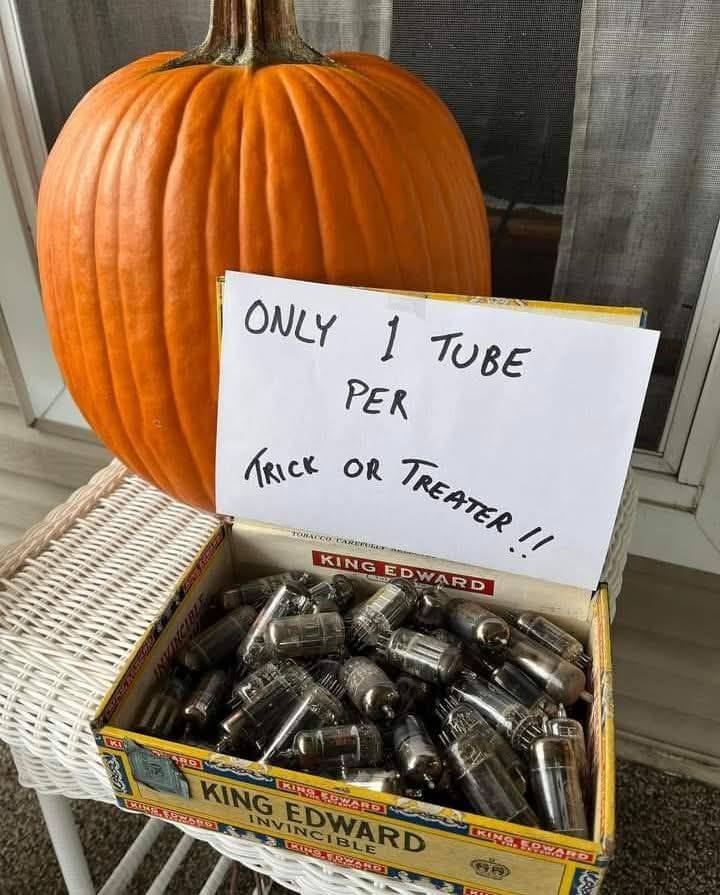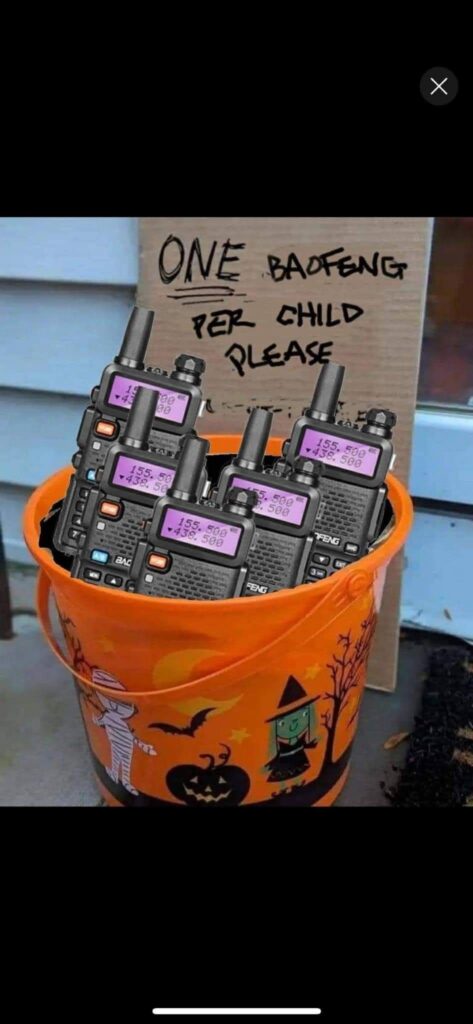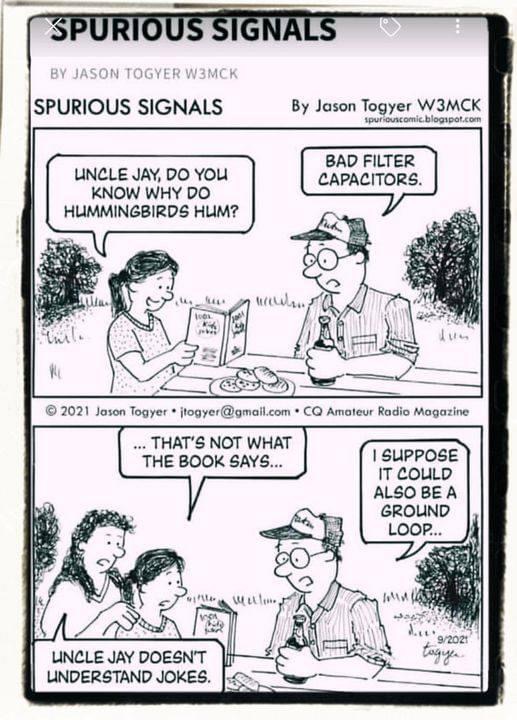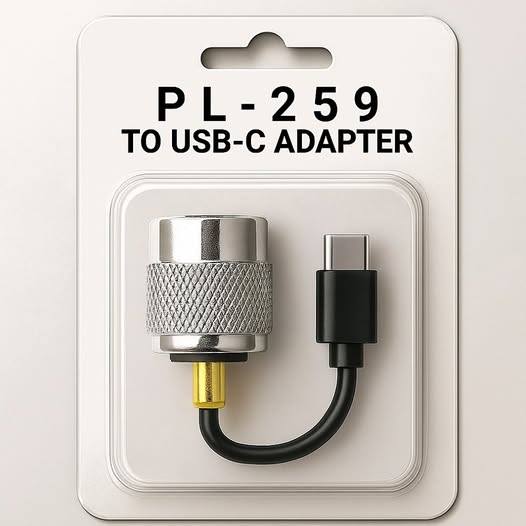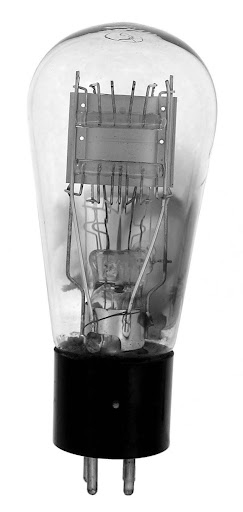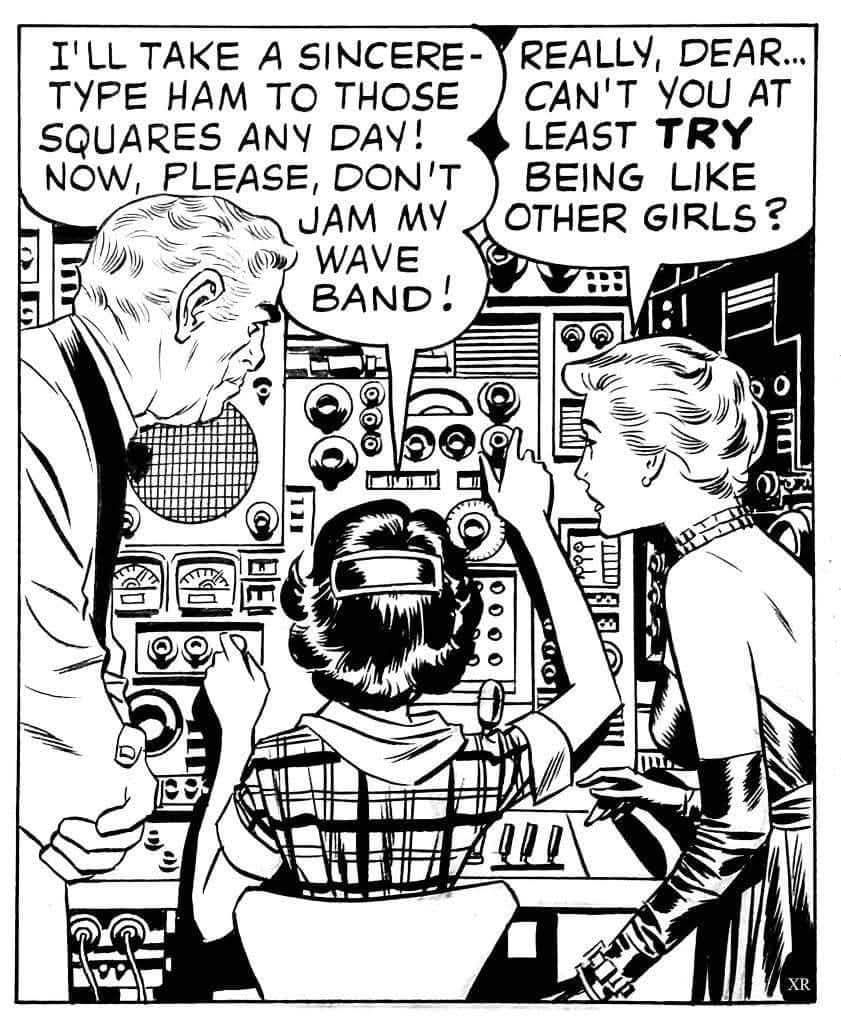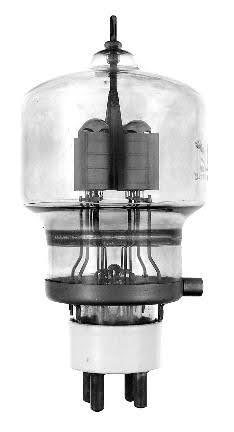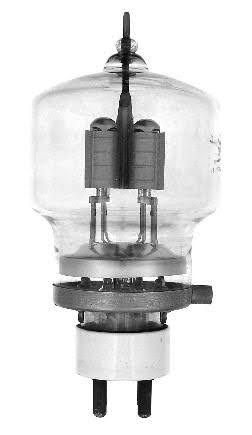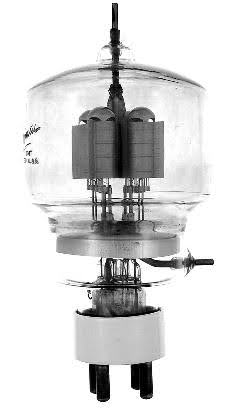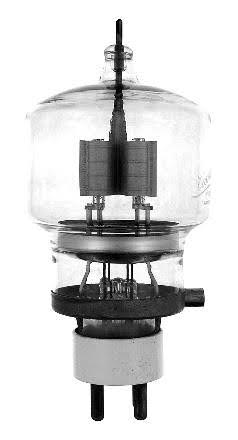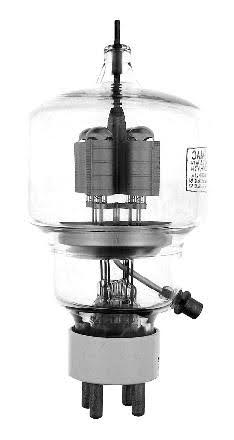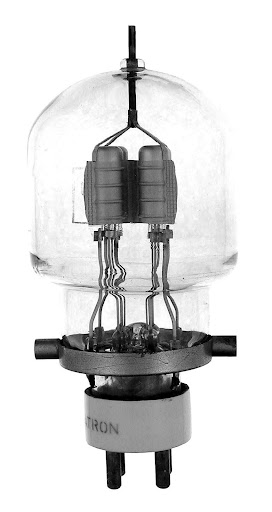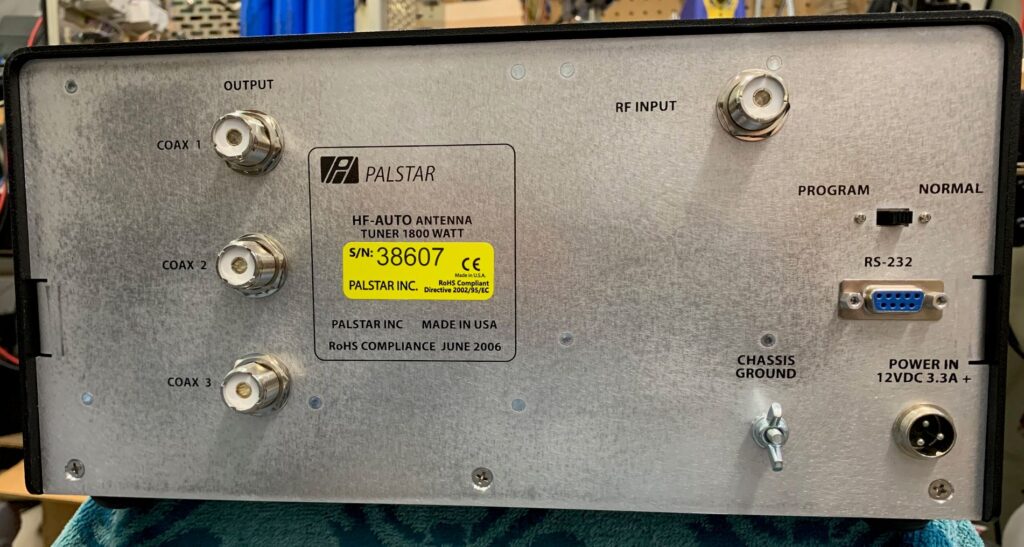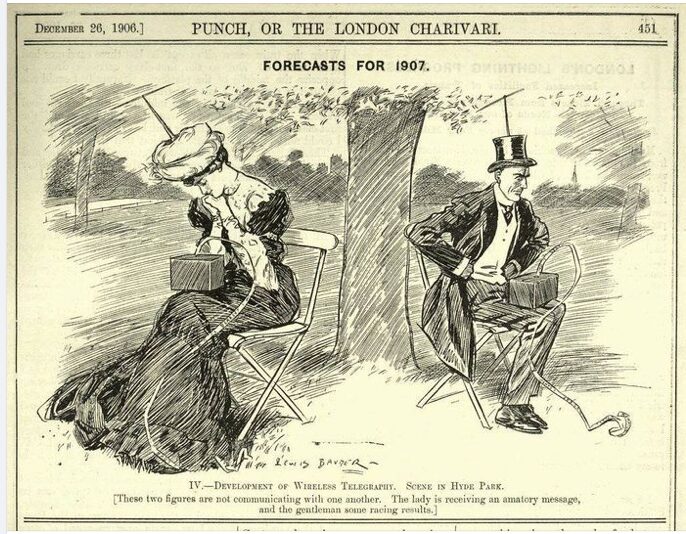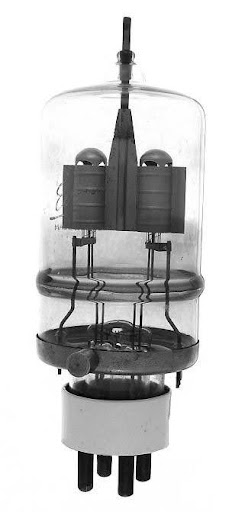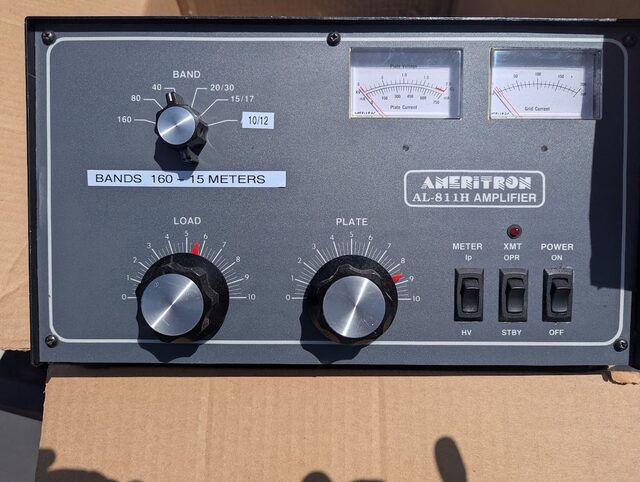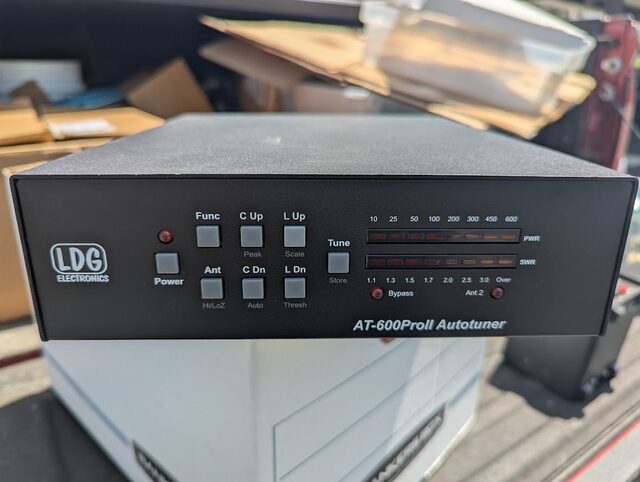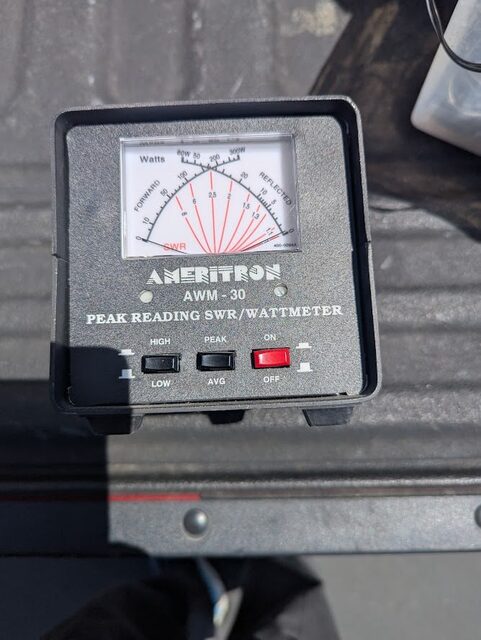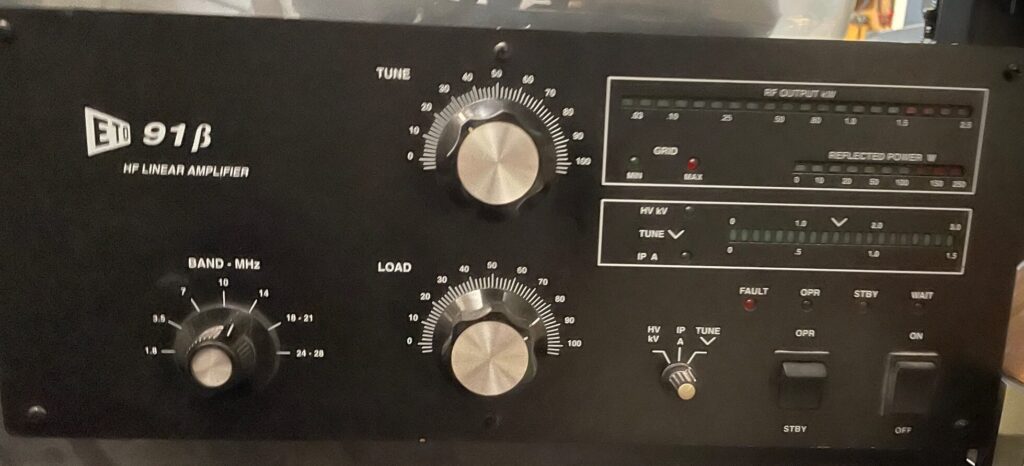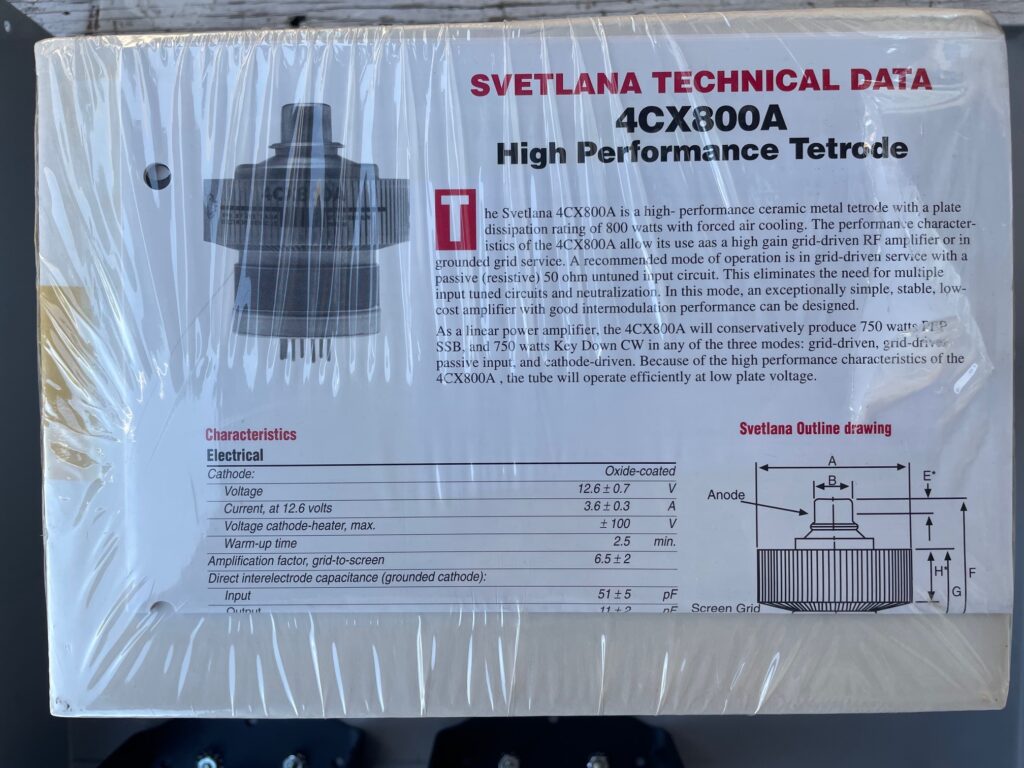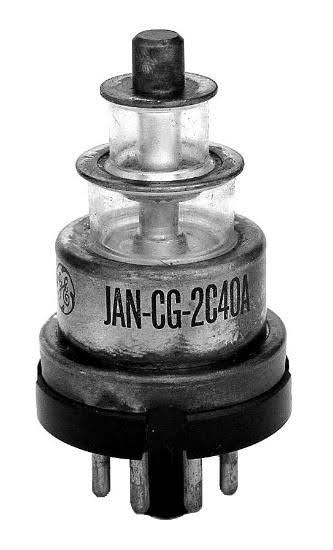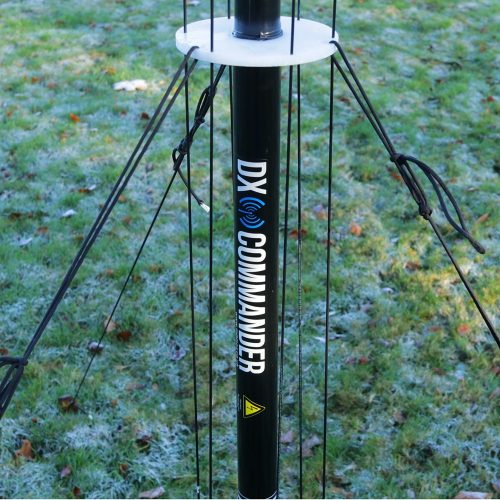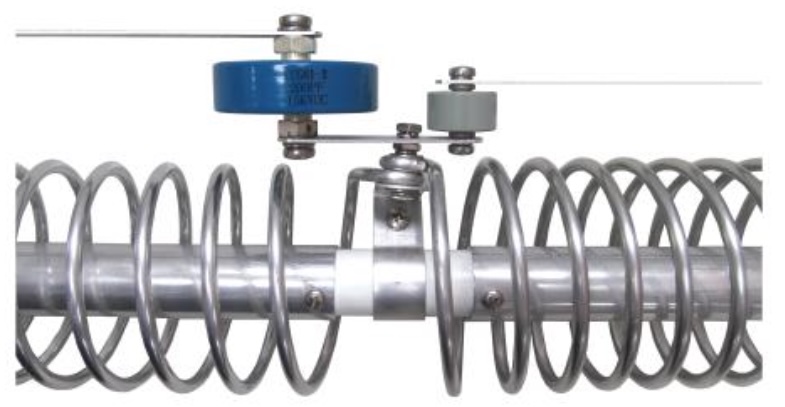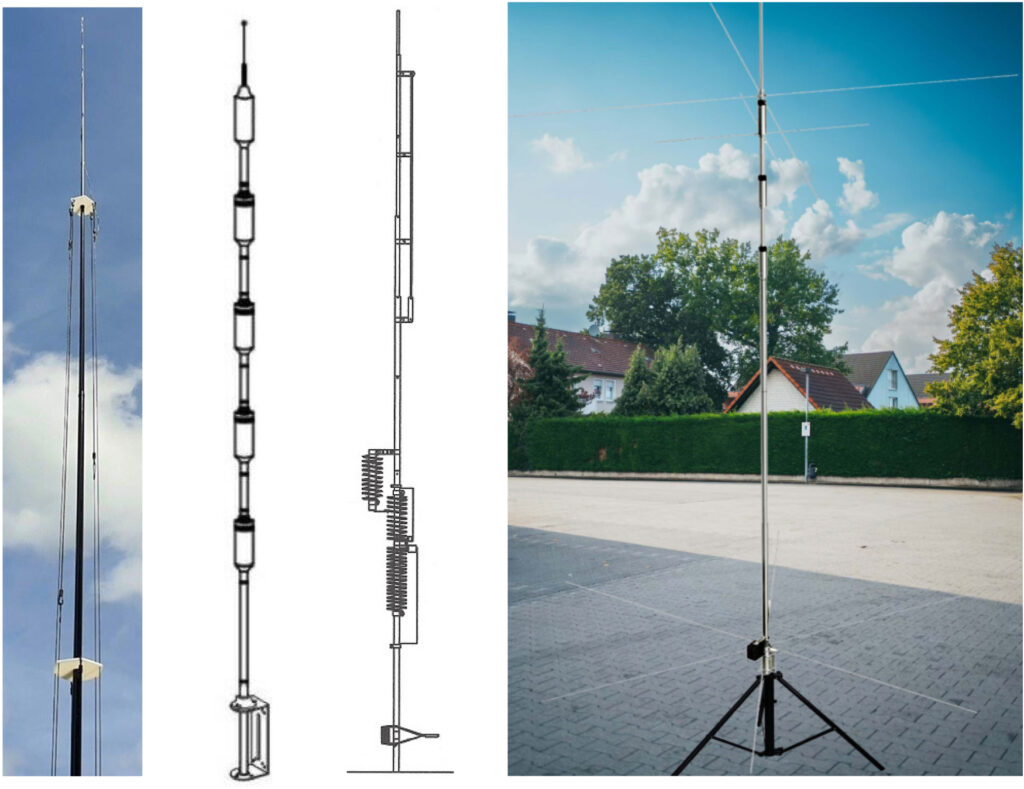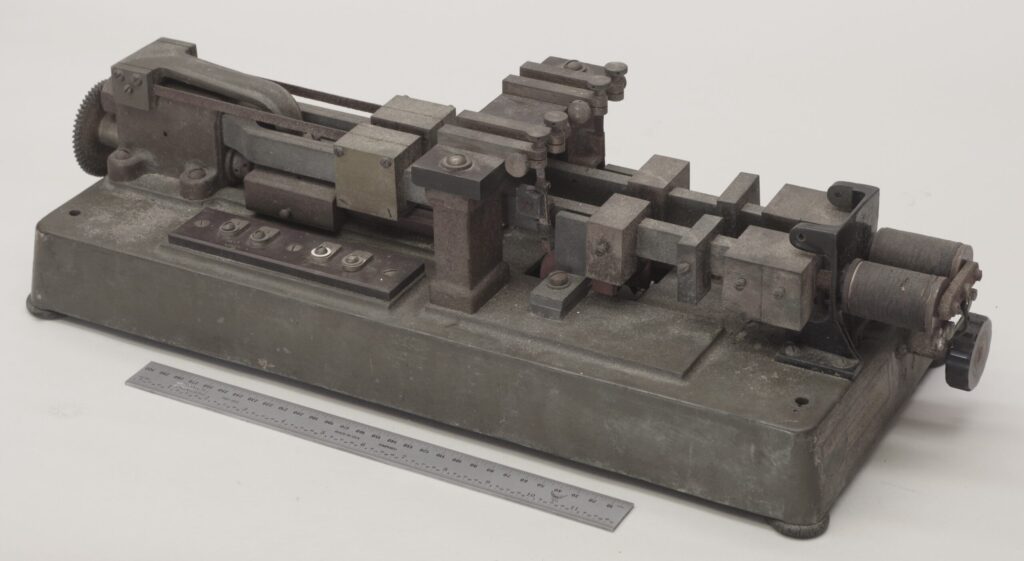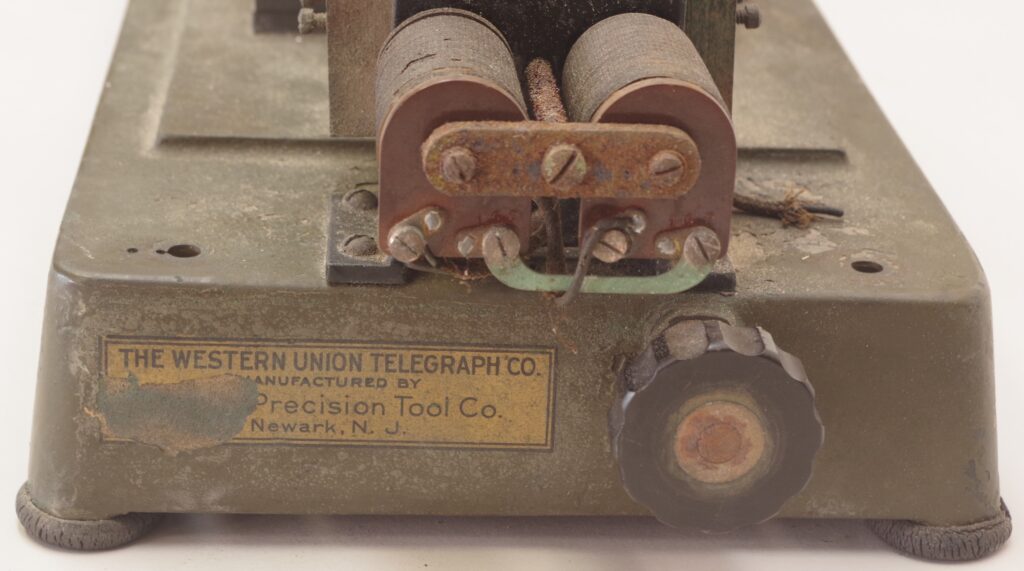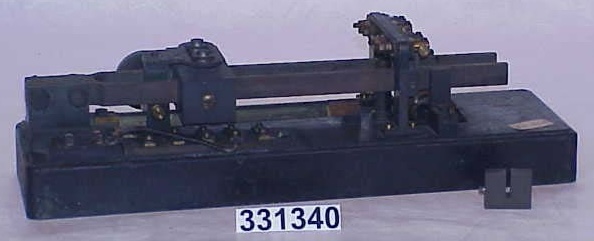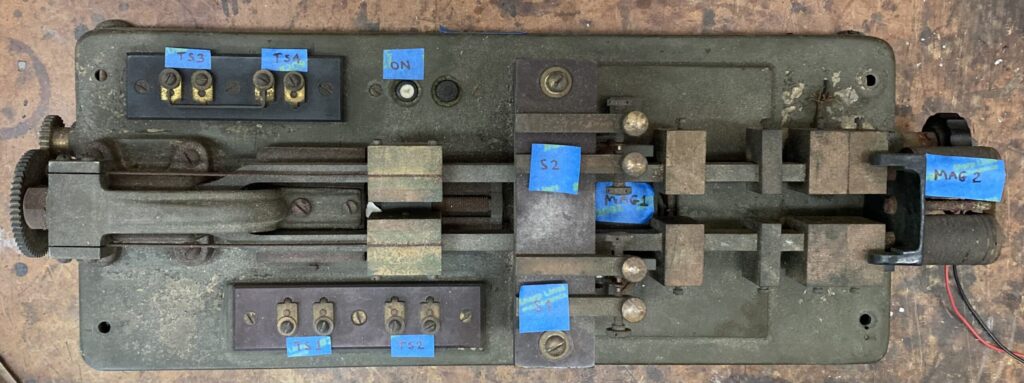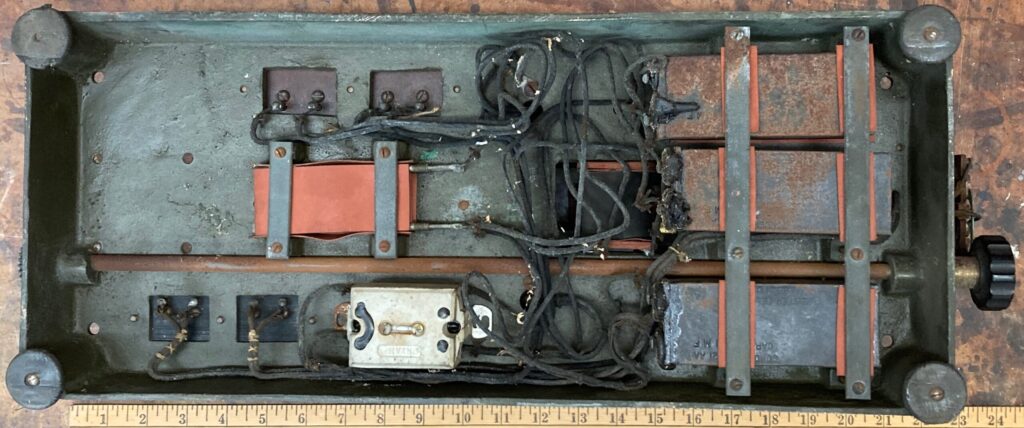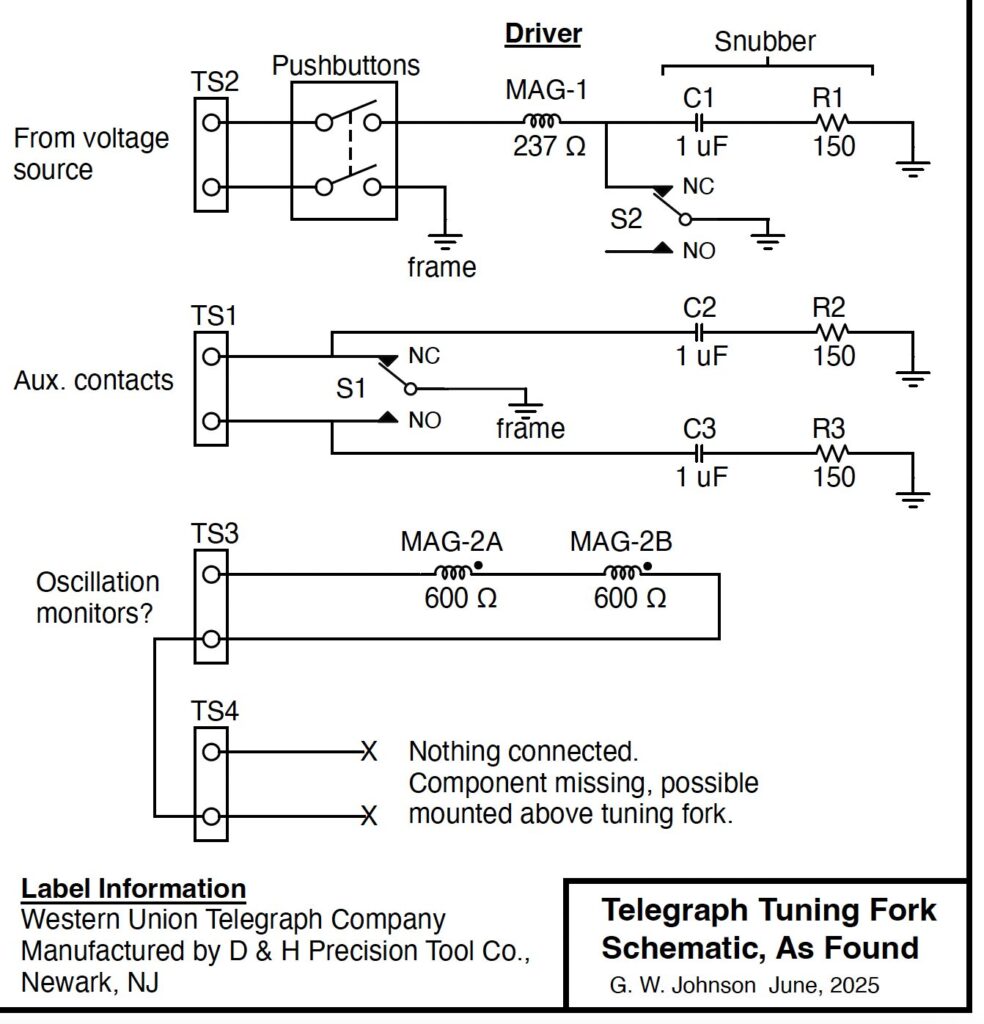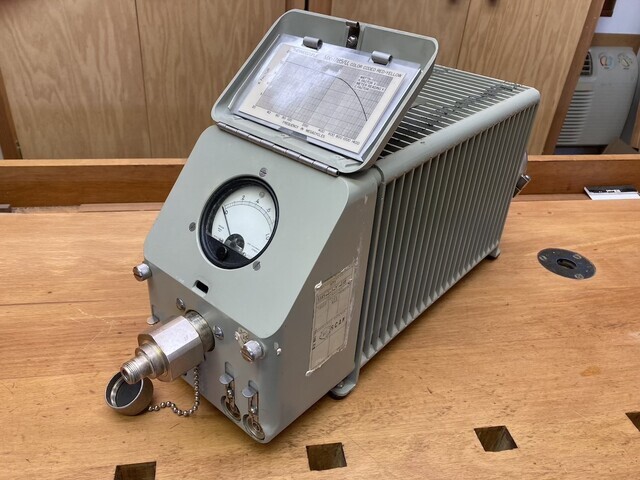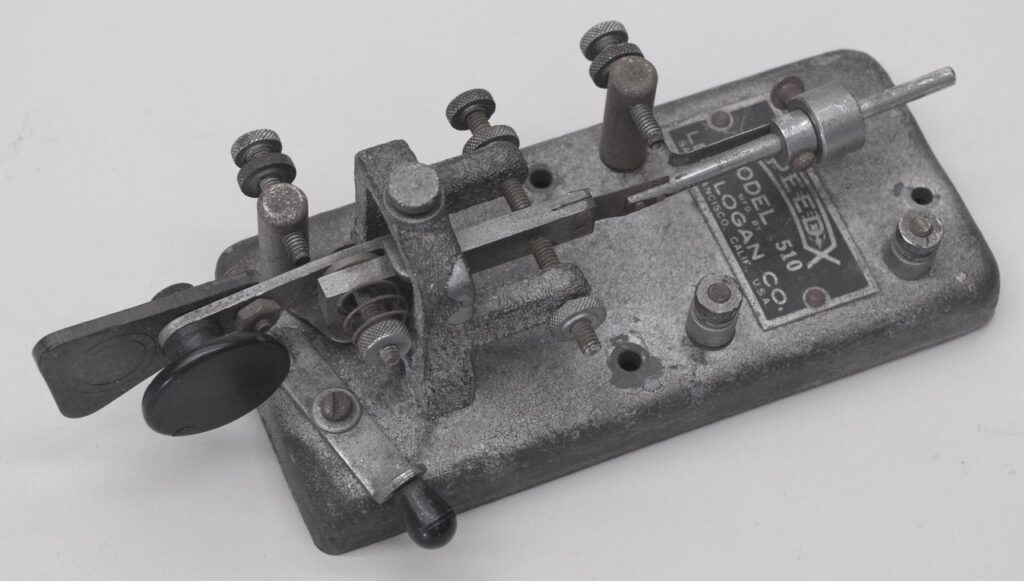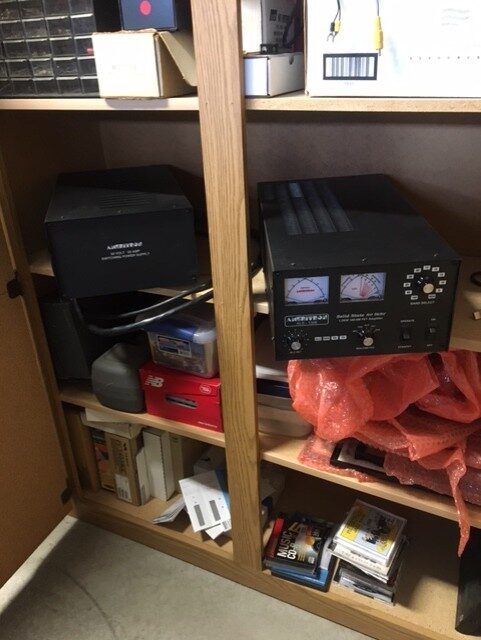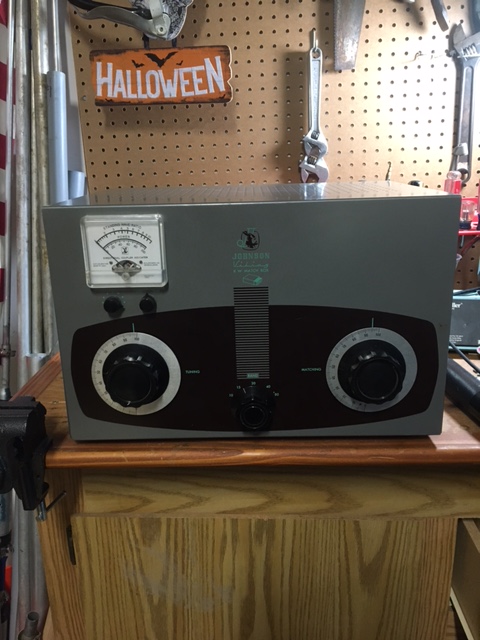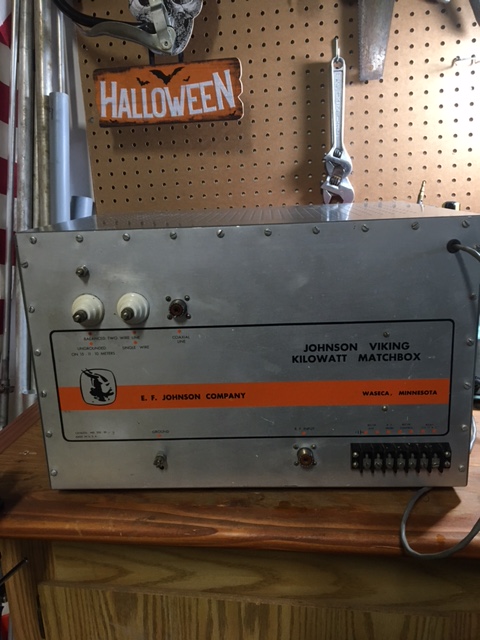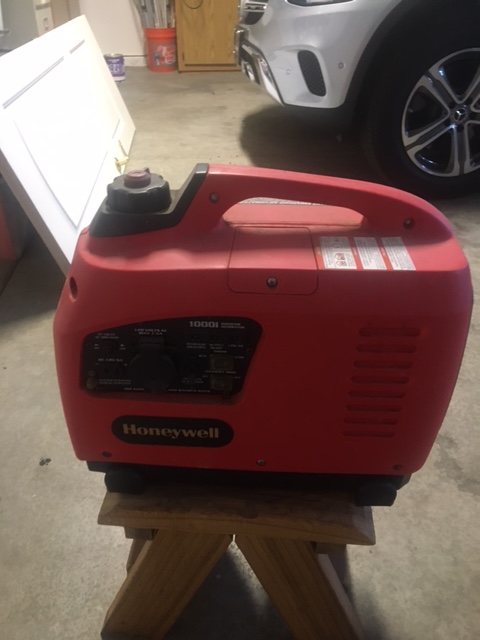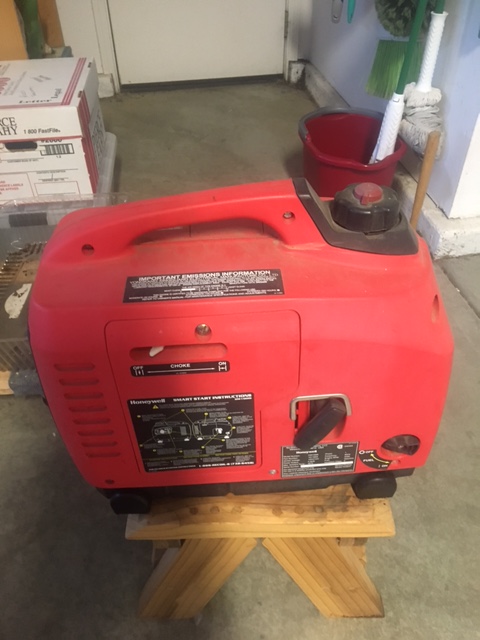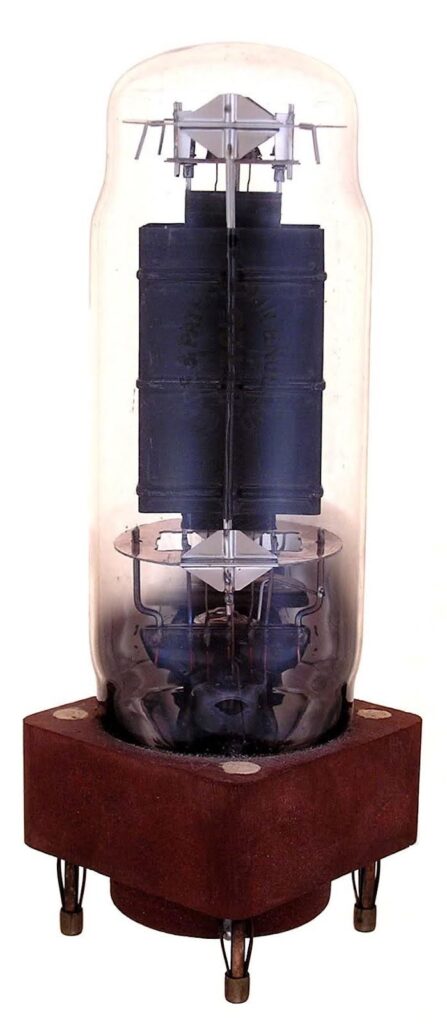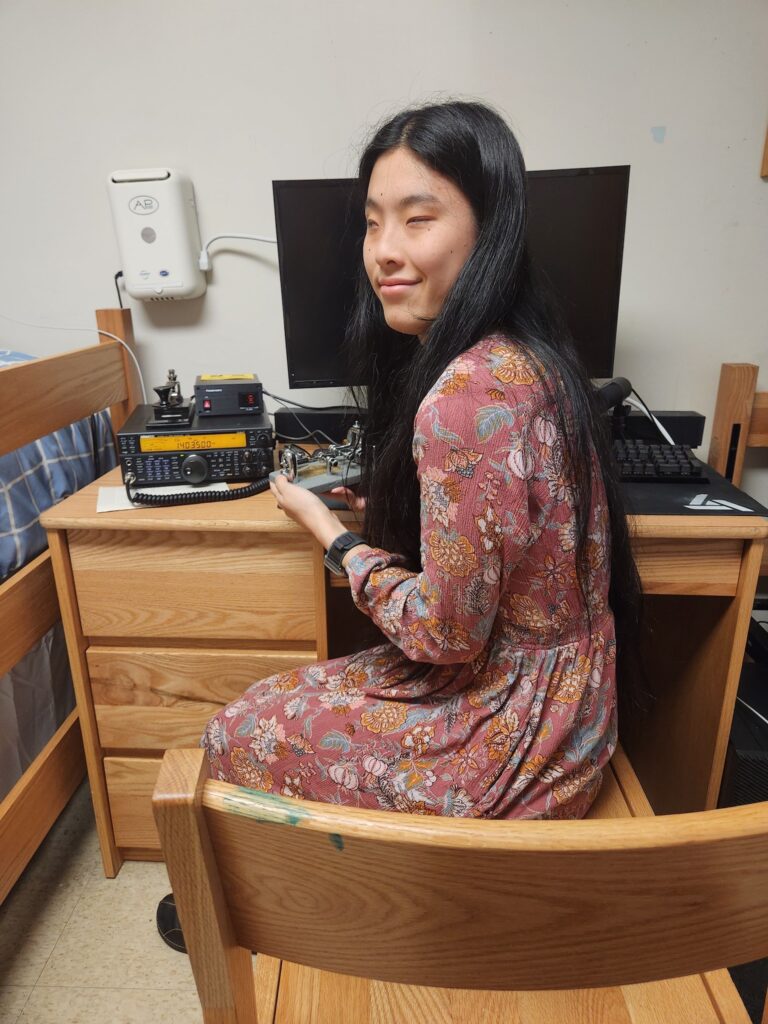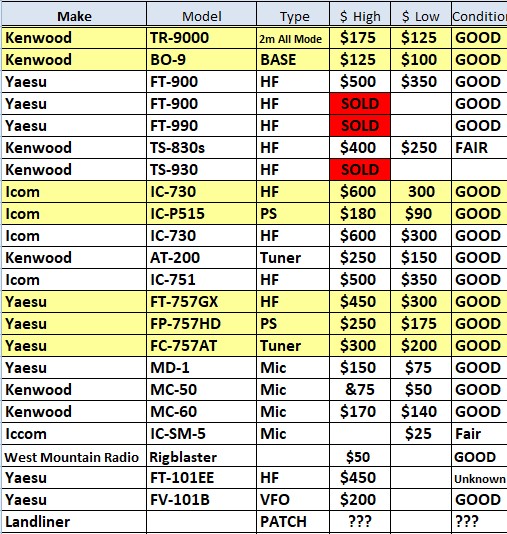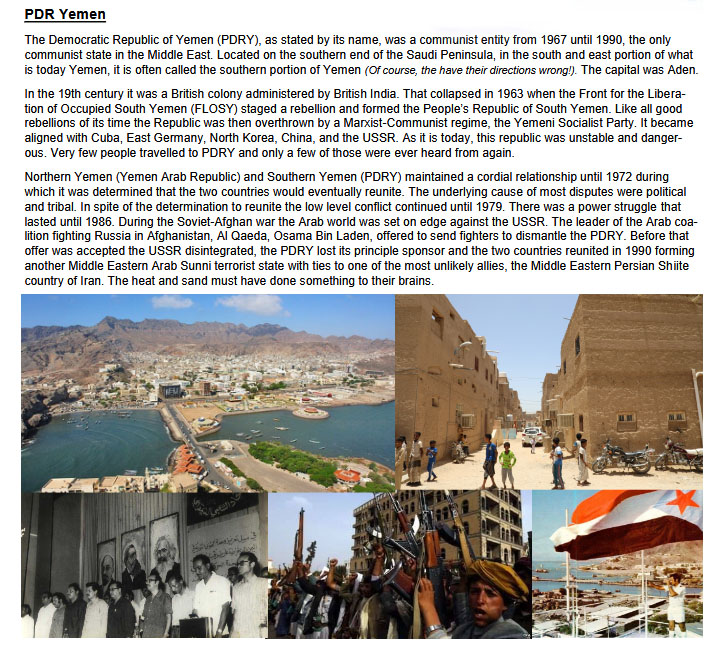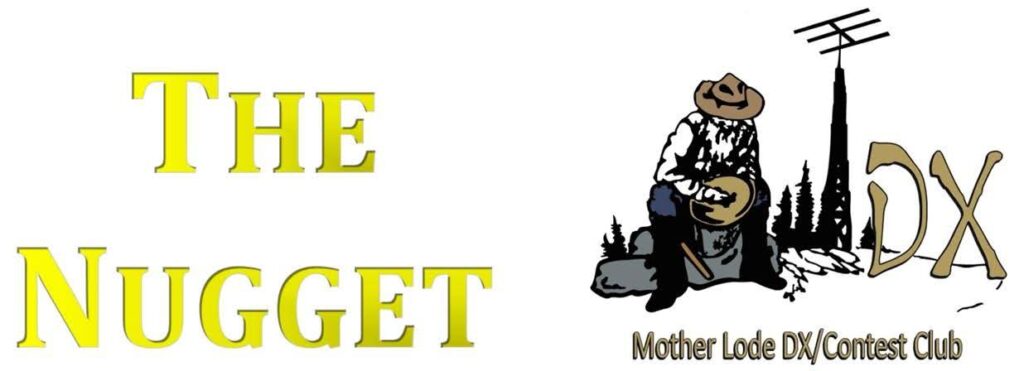
December 2025
Volume 30 Number 12
Next meeting: January 31st tentatively at Habanero Hots in Lodi. Find out more.
Thirty Years Ago, a bunch of local hams gathered for pizza at Mountain Mike’s in Martel, and the Mother Lode DX/Contest Club was born!
In this issue: Member reports! – Another new monthly feature! – Sweepstakes! – a look back 20 years – classifieds – DX – focus contests – more funny stuff! – and more!
From the Prez
Hey DX’ers and Contesters,
It’s the end of the year, and it has been a pretty good one for MLDXCC. We have had meetings nearly every month this year and our attendance has been up. We have been working hard to find new DX’ers and contesters and have been inviting them to our meetings.
We also are in a good position to have won our 10th ARRL Sweepstakes Club Competition in the Medium Club category. More on that in another article in this issue of the Nugget.
When I was elected President last year, I did it on the condition that Steve, NC6R, would continue to run the meetings as Past President, and I’d arrange the meetings, find the venues and stream/record the meetings. That has worked out pretty well.
We do need to elect officers, and should have done that in November. We did get nominations and we will need to elect officers at the January meeting. I am not, however, going to be able to do another year as President, even though I indicated that I’d do another year at the November meeting. A few things have come up that will require that I step back from MLDXCC for a while. So, we will need to find another President for the club. I hope to continue to attend meetings as much as possible and, if I’m there, I’ll stream and record the meetings. We will need someone to arrange the meetings and find speakers however.
Our Next meeting will be on January 31st and will be held in Lodi, probably at Habanero Hots. Our speaker will be Gary, NA6O, and he will be doing a talk on reducing RF interference.
Bob has been prolific this month, scroll down to Recent Articles for more! – ed
From the Veep
No report, no worries!
Secretary’s Report
Minutes of the November 22nd Meeting (The Breakroom, Shingle Springs).
Breaking News!
(Imagine the sound of a chattering teletype…)
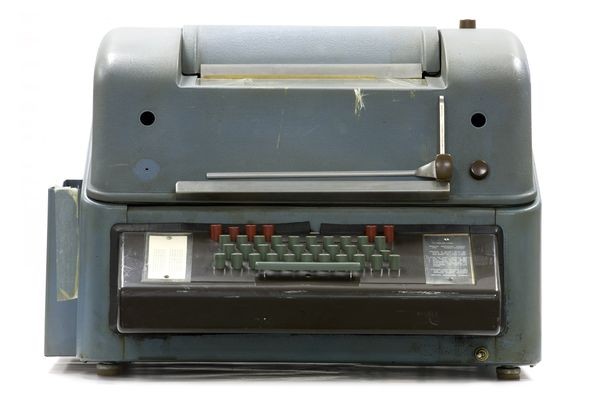
FCC Allocates 60-Meter World-Wide Amateur Band. “The Commission allocated 5351.5 – 5366.5 kHz (60 meters) to the amateur service on a secondary basis with a permitted power of 9.15 watts ERP. The Commission also authorized amateurs to continue using four existing channels outside of the 5351.5 – 5366.5 kHz band, centered on 5332, 5348, 5373, and 5405 kHz, on a secondary basis with a permitted power of 100 watts ERP. There are no antenna restrictions, but antenna gain must be used to calculate ERP.” – via ARRL Letter
CBS as a service! A web version of the well-known Cabrillo statistics program (CBS) by K5KA and N6TV is now available at the following link: https://logtools.contesting.com/cbs.php. Contesters have been using this application for years on their own computers, and now it can be used with just a web browser. For supported contests, one can obtain QSO rates, multiplier and country stats, unique counts, dupes, band changes, and more. – via ARRL Contest Update
(Brian N9ADG has recently taken over the editorship of the ARRL Contest Update, and the level and amount of content have improved noticeably!)
More accomplishments for Norm N6JV: His endorsement for 3000 band-countries in the DXCC Challenge!
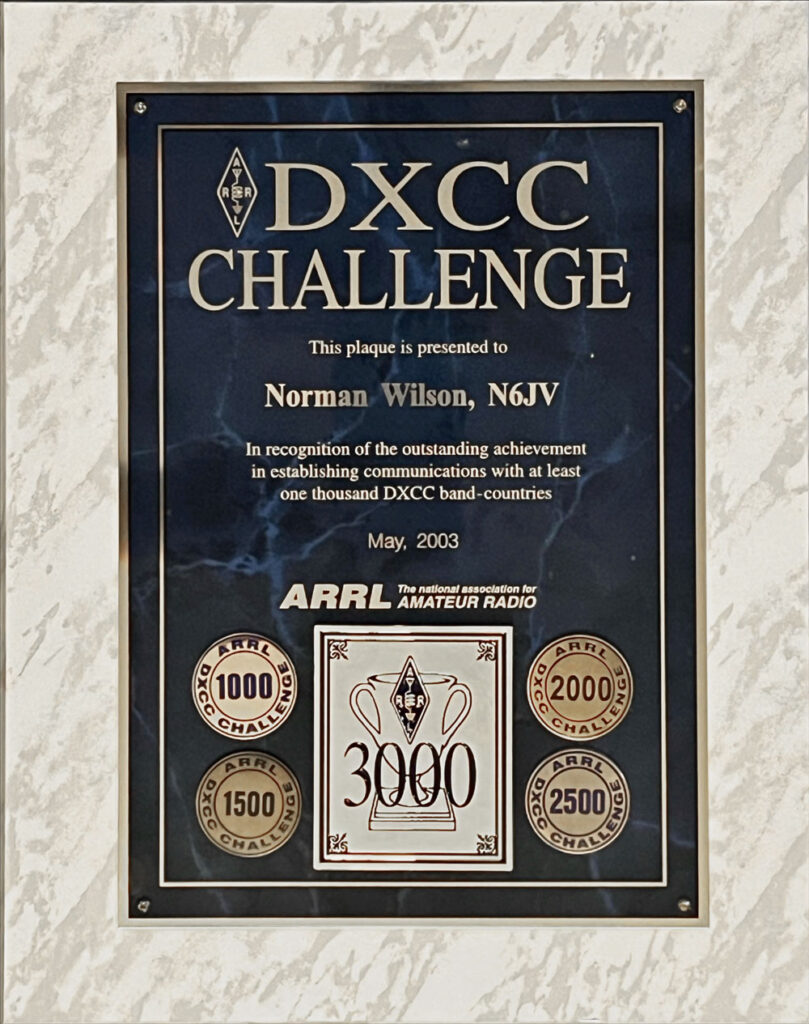
Skip N6NFB reports that in the DX marathon, he’s “currently at 197 countries, all modes.”
The 2026 Periodic Table of Contests! Get the full sized version here.
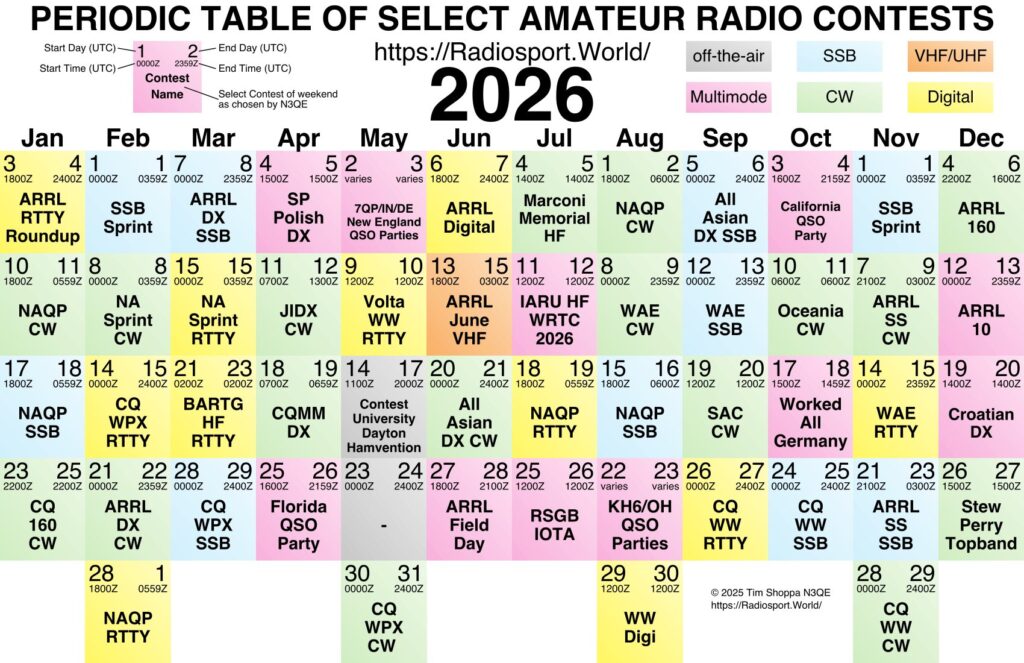
A new amateur radio magazine? It sure looks like it. Called SWR Magazine, it looks well produced and has interesting content. And it’s free! Here’s a link to the December 2025 issue.
Recently Posted Articles
New feature! QSL of the Month – December 2025 – also by Bob W1RH
Videos!
Subscribe to our YouTube channel! (We’re up to 8 now! – ed)
DX…
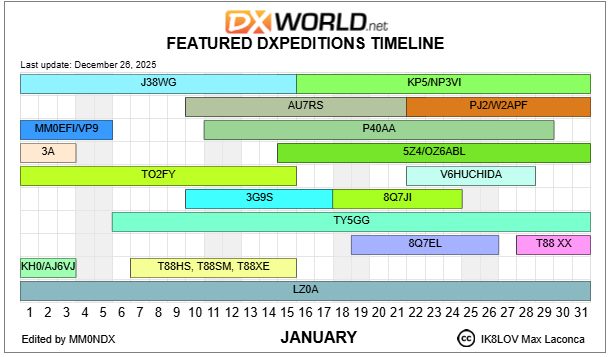
Upcoming Contests
Mark your calendar with our MLDXCC Focus Contests! Up next is:
- January 3-4, 2026: ARRL RTTY Roundup (RTTY only)
Helpful RTTY Hint! Unshift on Space (USOS). “RTTY uses the 5-bit Baudot code, which relies on toggling between Letters (LTRS) and Figures (FIGS) to expand its limited character set. For instance, “N9ADG” requires shifting modes: N FIGS 9 LTRS A D G. If a shift command is lost to interference, text can become garbled (e.g., “599” appearing as “TOO”). The “Unshift on Space” (USOS) feature reduces errors by resetting to LTRS at every space. RTTY software often compensates for this by auto-inserting FIGS symbols before numbers and offering a “hover” feature to decode garbled words using the alternate character set.
“The invisible yet needed shifting and unshifting symbols sent between letters and figures is why it’s NOT good practice to use “5NN” in your exchange for RTTY. It can cost you time since you’re sending FIGS 5 LTRS N N while “599” is FIGS 5 9 9 and time is contacts!” – via ARRL Contest Update
Other contests of note coming up in the next month or so, via contestcalendar.com:
- January 1: SARTG New Year RTTY Contest
- January 10-11: North American QSO Party (CW)
- January 17-18: North American QSO Party (SSB)
- January 23-25: CQ 160-Meter Contest (CW)
- February 1 (Jan 31st, PST): North American SSB Sprint Contest
State QSO Parties (via statesqoparty.com) are back!:
- February 7: Minnesota QSO Party (CW, Phone)
- February 7-8: Vermont QSO Party (CW, SSB, RTTY, FTx)
- February 7-8: British Columbia QSO Party (CW, SSB)
Classifieds
For Sale and Wanted: Skip N6NFB is selling a US Tower TX-455 (used, very good) with tilt fixture, Yaesu 800 rotor, and 15 foot mast tube $1100. And also selling a US Tower MA-40 tubular tower. New old stock, still on shipping pallets. $250.
Skip is also looking for “a fairly recent HF radio. FTDX 3000 or similar. My trusty old 756proIII developed a problem during the recent contest and took me out of it. Skip – N6NFBskip@gmail.com
Wanted: Rohn-25 tower sections, bottom plate, wall stand off, & top section. If you have any of thiese pieces, let me know along with the price.
Dave, w6de – 530-409-7877 – v8dave@gmail.com
For Sale: Bob W1RH has a WaveNode WN2 Digital Watt Meter, with four HF sensors. This unit sells new for $385, with a single sensor. I have been using is in an SO2R configuration with a sensor on the input and output of each amplifier.
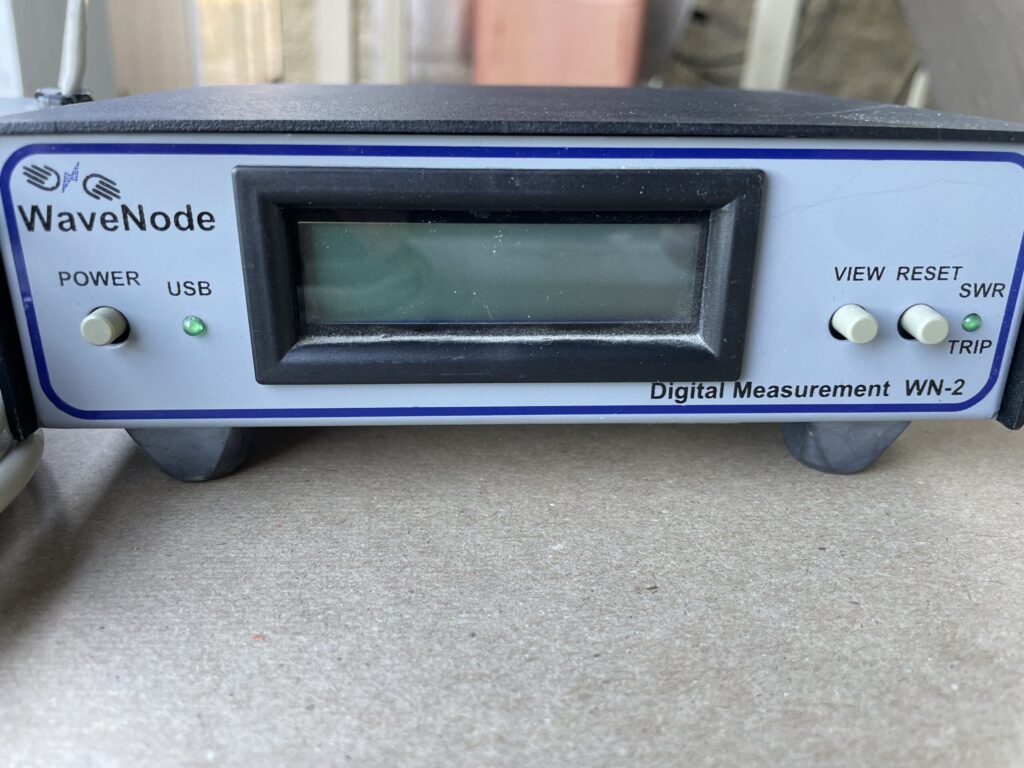
That way, I can always see my input and output power. Rick, W6SR, who uses my station remotely more than I do, has depended on the software display to know how much power he’s running.
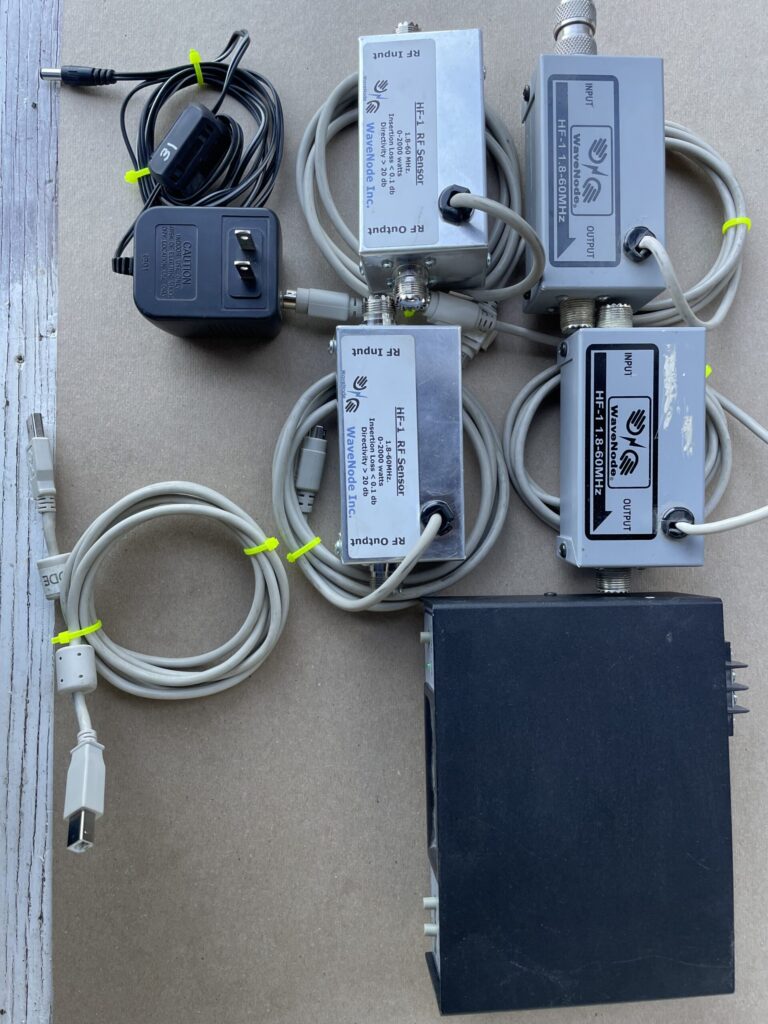
There are several options for the look of the computer display. And there are several other features such as rotator control and antenna switching but I have just used the wattmeter function.
I’m selling this because I have purchased the Flex PGXL amplifier, which has built in and remotable watt meters. It can be yours for $200.
Bob also has for sale an Array Solutions 6-PAK 6 port SO2R antenna switch – $250
Contact Bob W1RH w1rh@yahoo.com.
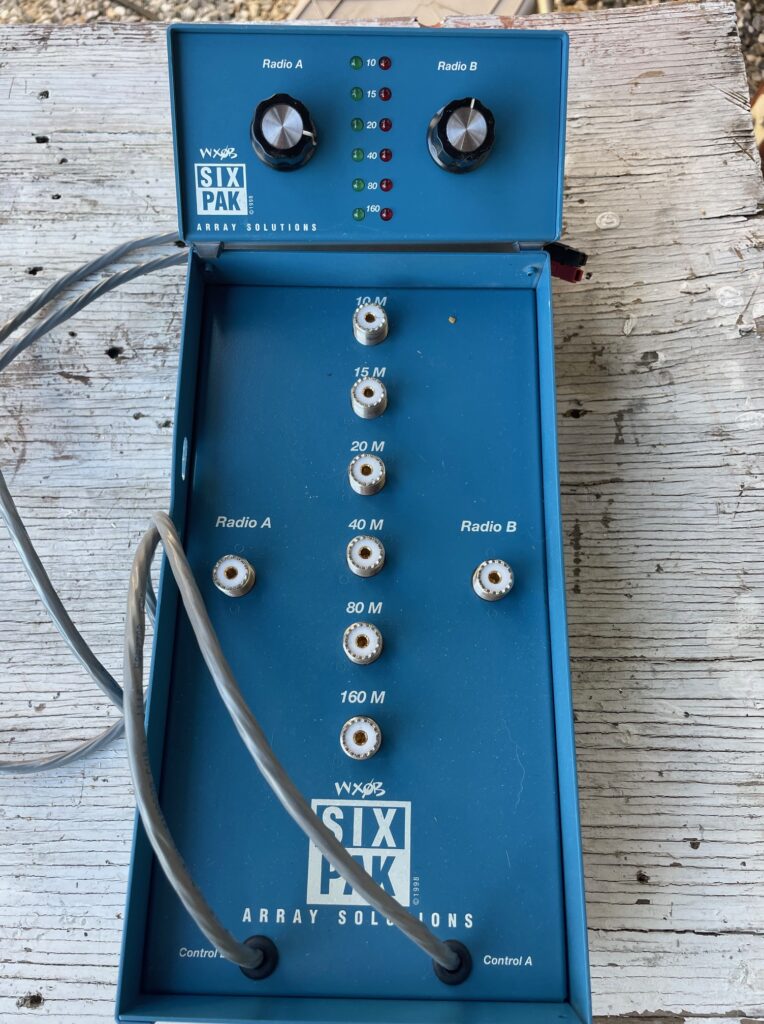
For Sale: New, never used, EHU for BigIR / $250 or best offer – Thank you, Steve / NC6R nc6r4dx@gmail.com

High Power Antenna Tuners: Have you always wanted a Big Johnson? Now’s your chance! I bought this EF Johnson Kilowatt Matchbox years ago at a hamfest and never used it – darn those resonant antennas – so I have no idea of its actual condition. Is said to be able plenty more than 1000 watts, and can tune a balanced antenna as well as something at the other end of a coax. Includes the directional coupler. $150 or best offer. Jeff WK6I wk6i.jeff@gmail.com.
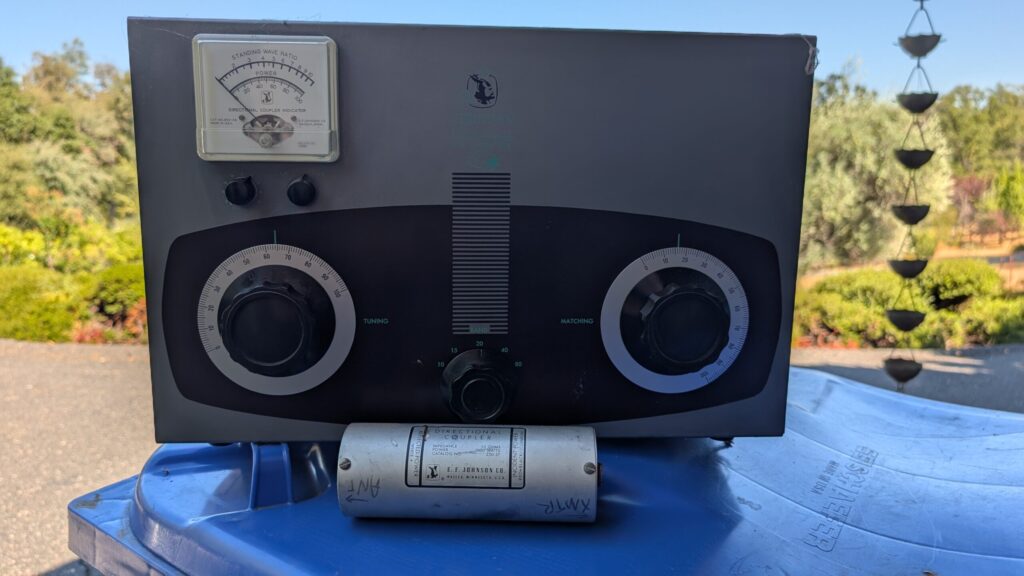
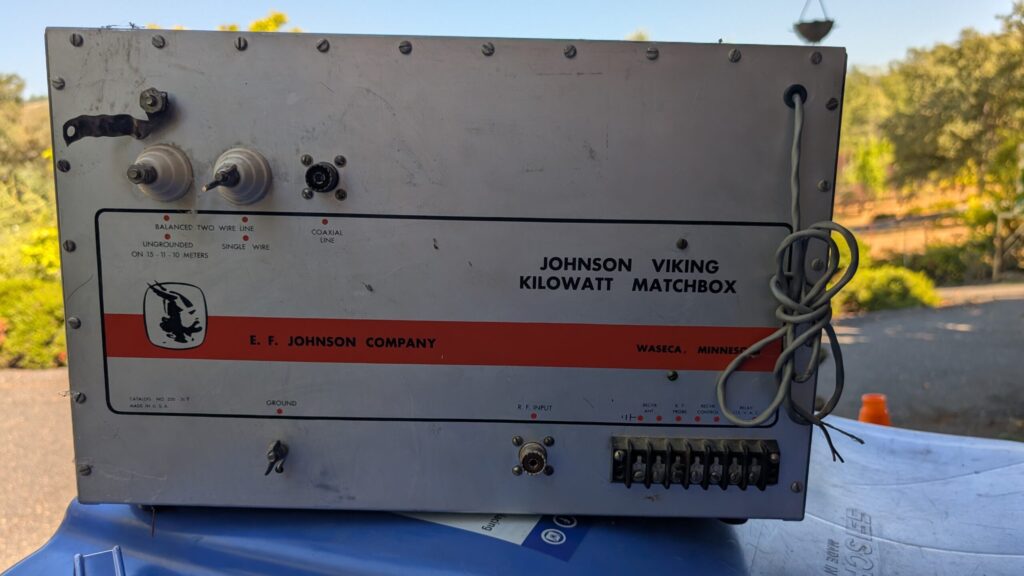
I also have a big Dentron MT3000A. Same story, never used it. This unit includes an antenna switch, dummy load, and can also handle a balanced antenna. $200 or best offer. Jeff WK6I wk6i.jeff@gmail.com.
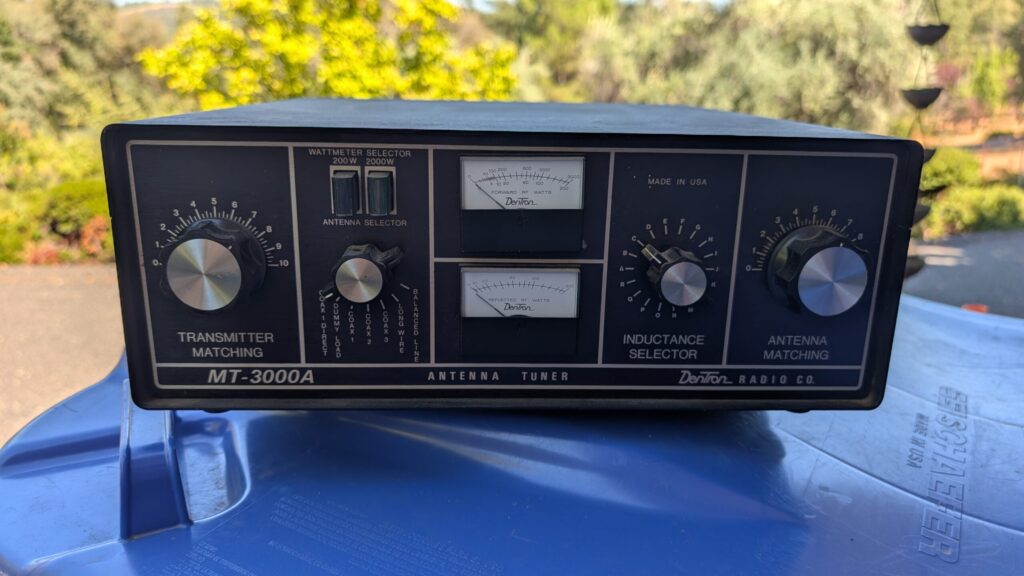
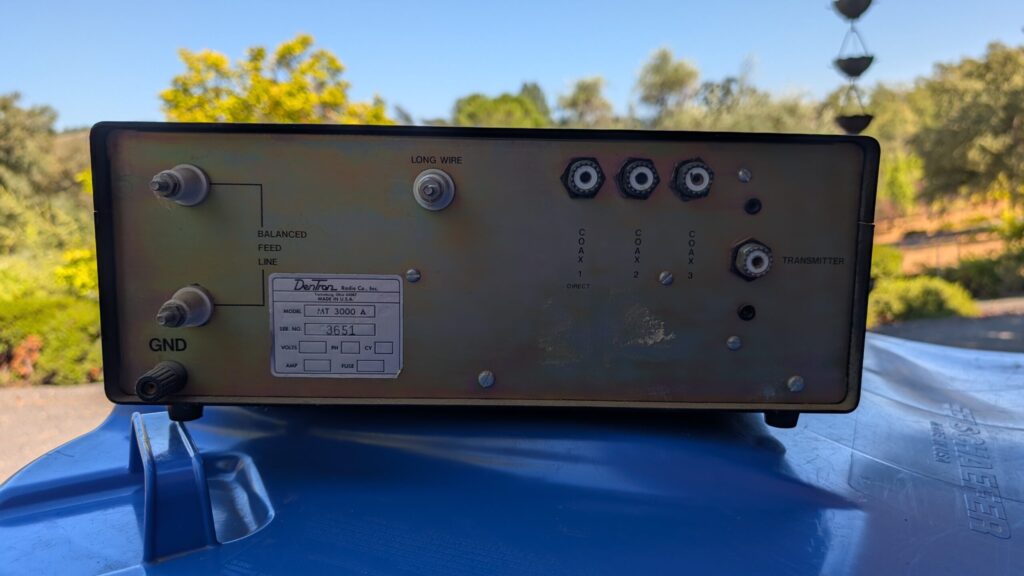
Humor!
A few more things that popped up around the web this month:
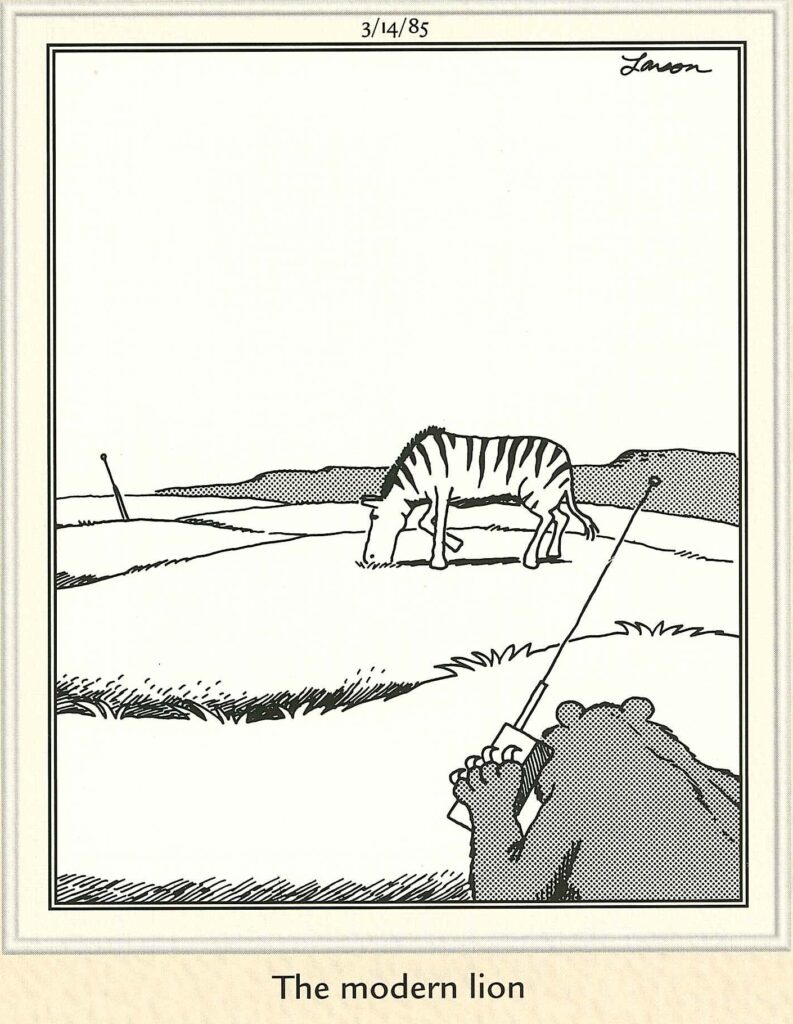
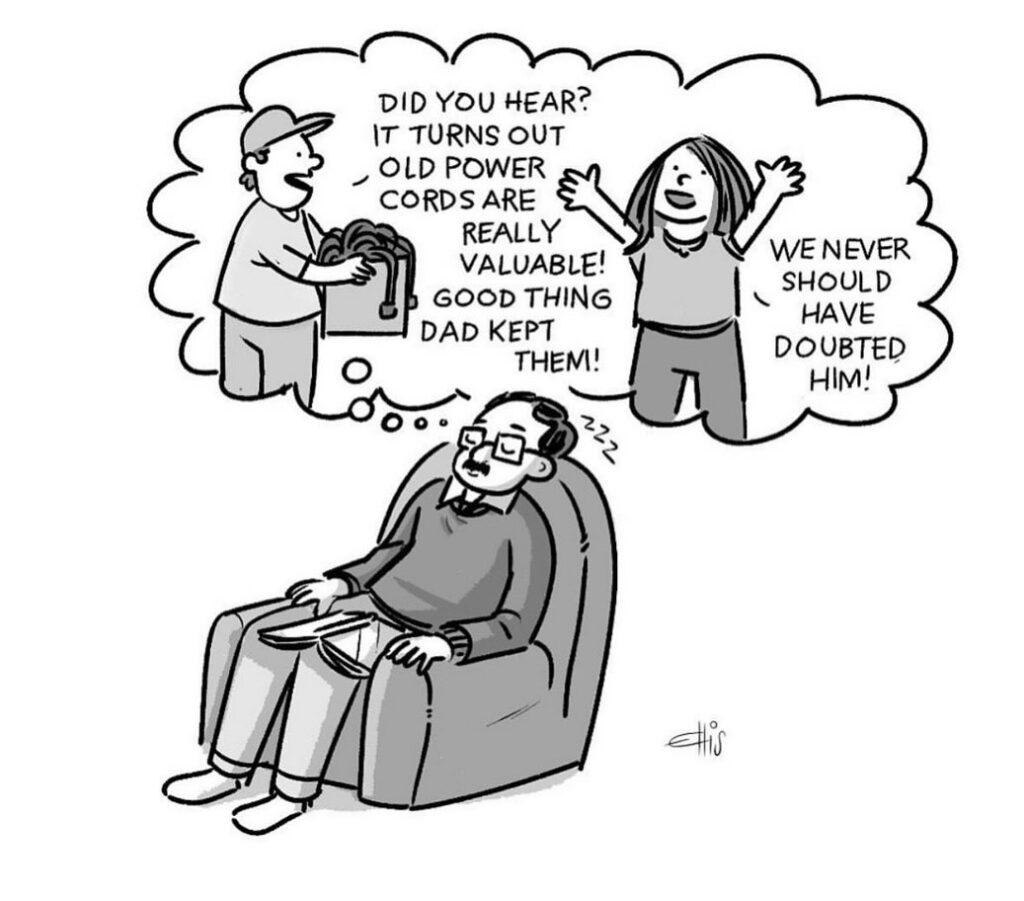
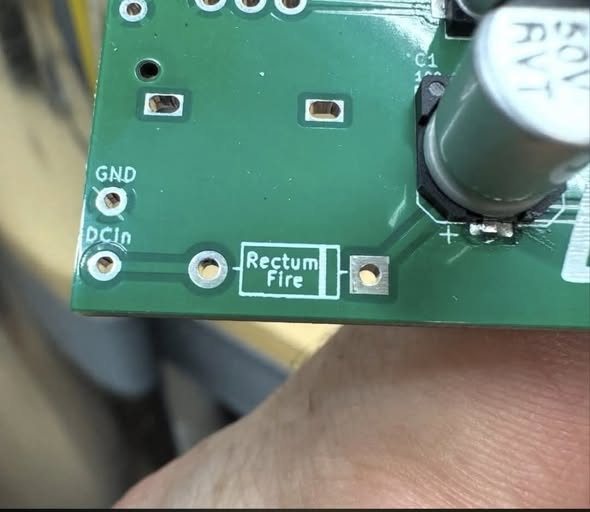
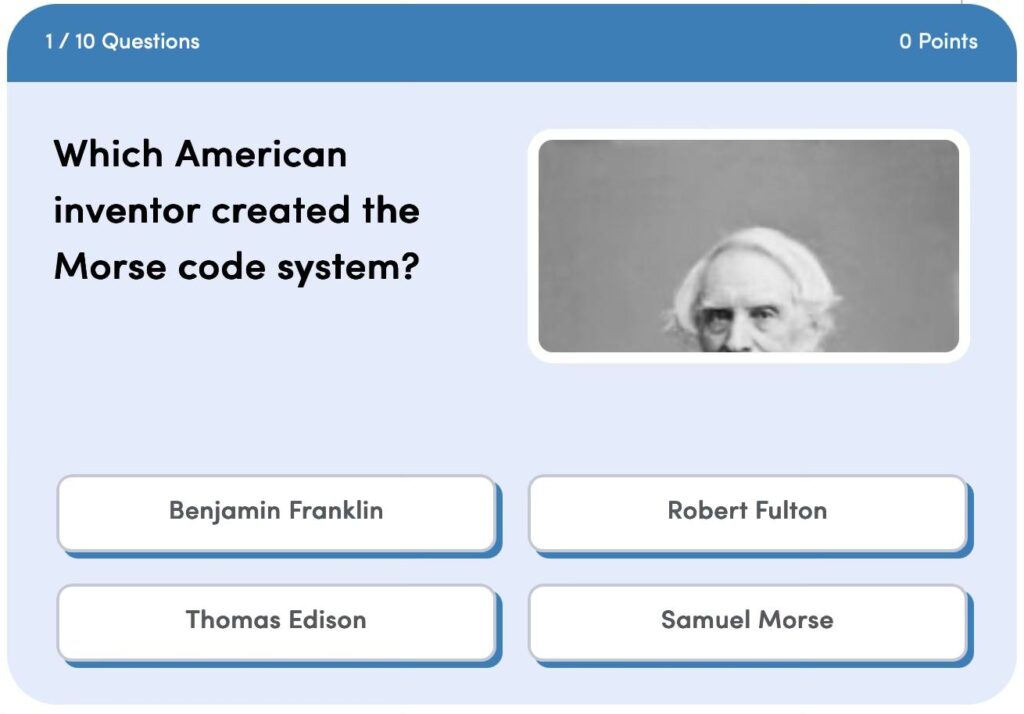
And because it indirectly references Calaveras County, https://xkcd.com/3181
Send more funny stuff for the next issue! – Ed.
ClubLog DXCC Standings
Final as of 31 December 2025. You can see complete MLDXCC standings on ClubLog here. (Bit of a shakeup this month with new members joining the league!)
Overall
| 1 | NK7I | 260 |
| 2 | W1SRD | 256 |
| 3 | W6DE | 232 |
| 4 | K6OK | 223 |
| 5 | K6RIM | 217 |
CW
| 1 | K6YK | 193 |
| 2 | K6RIM | 192 |
| 3 | K6OK | 149 |
| 4 | W1SRD | 147 |
| 5 | NO5Z | 146 |
Phone
| 1 | W1SRD | 169 |
| 2 | K6YK | 154 |
| 3 | K6RIM | 127 |
| 4 | WE6Z | 126 |
| 5 | NO5Z | 123 |
Data
| 1 | NK7I | 251 |
| 2 | W1SRD | 238 |
| 3 | W6DE | 209 |
| 4 | K7QDX | 202 |
| 5 | K6OK | 189 |
10 and 20 Years Ago in The Nugget
But first! Last month’s look back brought back some fun memories. From Steve W1SRD:
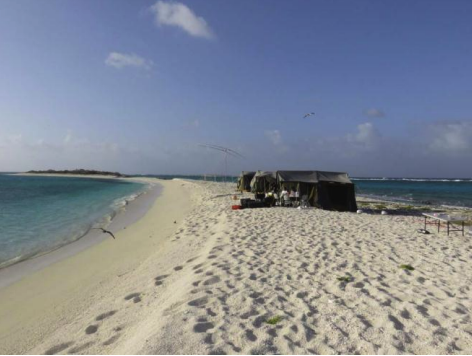
“That pic of Chesterfield really shows what a narrow spit of land that particular island we landed on really is. It would take a major storm surge to threaten anyone ashore though as the coral reef breaks the surf a good 100 yards off shore facing the open ocean. It was quite a trip. I would love to go back there to “do it again” hoping for better solar conditions, but that’s likely never going to happen. Chesterfield is now part of the Coral Sea Preserve and the chance of getting a permit is pretty much zero.”
And more from Alan AD6E:
“Thanks for the reminder. That (TX3X) was my last expedition and one of the most enjoyable … despite the Vegemite for breakfast. It was a great team with many NCCCers. I had to spend a few minutes revisiting my Google photo album.
“Best story: One afternoon I was working CW into NA but getting many loud JAs. I started ending each Q with “NA UP”. The rate was great and nary a peep out of JA. Eventually the band faded to NA and I said “NOW JA”. It was like someone suddenly turned on Niagara Falls.”
“This is the pair of boobies that stuck to their guns and never moved from where we found them. We set up the CW tent about 10ft away and they stayed there the whole time. Aptly named C and W.” (More ND6E photos from TX3X – and more boobies! – here.)

And Skip N6DGW, “I’ve always wondered if the boobies know that we’ve named them ‘Boobies?’”
Now, let’s look back a see what we were up to way back when. In the December 2005 issue of The Nugget:
- It being year’s end, Prez Dick K6LRN thanked the outgoing officers and board, and noted that based on preliminary results the MLDXCC was leading REDXA by about 100,000 points in Sweepstakes club results.
- Then in a thoughtful aside, Dick quoted an SFgate article about a basin forming in Ethiopia, “…the split is the beginning of a long process, which will eventually lead to Ethiopia’s eastern part tearing off from the rest of Africa, a sea forming in the gap. The Afar desert is being torn off the continent by about 0.8 inches each year.” He wondered, “Is it too early to start thinking about separate country status?? Are Martti or Kan packing bags & making plans??”
- A bunch of member updates. Ken K6TA and Kay K6KO were down in Aruba for the ARRL 160m, with Ken operating as P40TA. They were sticking around for Kay to operate the ARRL 10m as P40K, and Ken in the Stew after that. Rick N6XI recounted several recent contest efforts and added, “I’m tired of accumulating ham shack pallor and intend to spend some quality time in the Sierra sunshine, sliding down mountains on a pair of hi-tech barrel staves!”
- Lots of DX news as always, one notice caught my eye: “Rick Hilding, K6VVA has been working on activation of the Farallon Islands (NA-178) for a year and a half, and now he says there is a possibility of being QRV sometime in January or early February 2006.” We’ll have to see if that pans out.
- The November meeting minutes revealed the nominating committee reporting the slate of officers for 2006. (I’ll save those for next month.) The planned entertainment was “a CD from Paolo, I2UIY that proved unplayable.” Alas. But a spirited discussion of upcoming contest strategy filled the void. Lyle W6WF was voted in as a new member.
There was no December 2015 issue of The Nugget.
Did these snippets from years ago trigger any good memories? If so, please send them for inclusion in the next issue of The Nugget!
Resources
Check out the Resources menu up there at the top of every web page for useful DX and contest info.
Prepared for the MLDXCC by Editor and Webwookie Jeff WK6I. Please do send me any corrections, omissions, or material for future issues of The Nugget. It is much appreciated!
